Camera Locus is an imaging tool that aims to hold up a mirror to our shooting habits, distorted by the modern attention economy. To this end, it bypasses the photographic method of image-making, avoiding optical mapping, and forms visual representations from material found on the web. The images are created by downloading and mathematically averaging images from the Internet that match the exact geolocation of use.
These images vary depending on the number of source images: in areas less documented by photography, the location is still visible, but in the case of a very large number of source images, the final result is close to a homogeneous grey. The process of image creation is fully automated, with the user having only the power to decide whether or not to expose the image.
This can also be used if you have not previously taken a shot in the position where the device is used. In this case, a green circle will be displayed on the map to indicate this point. It is then up to the user to decide whether to leave this oasis free of visual noise or to take the first photo there.
2016
Camera Locus project video
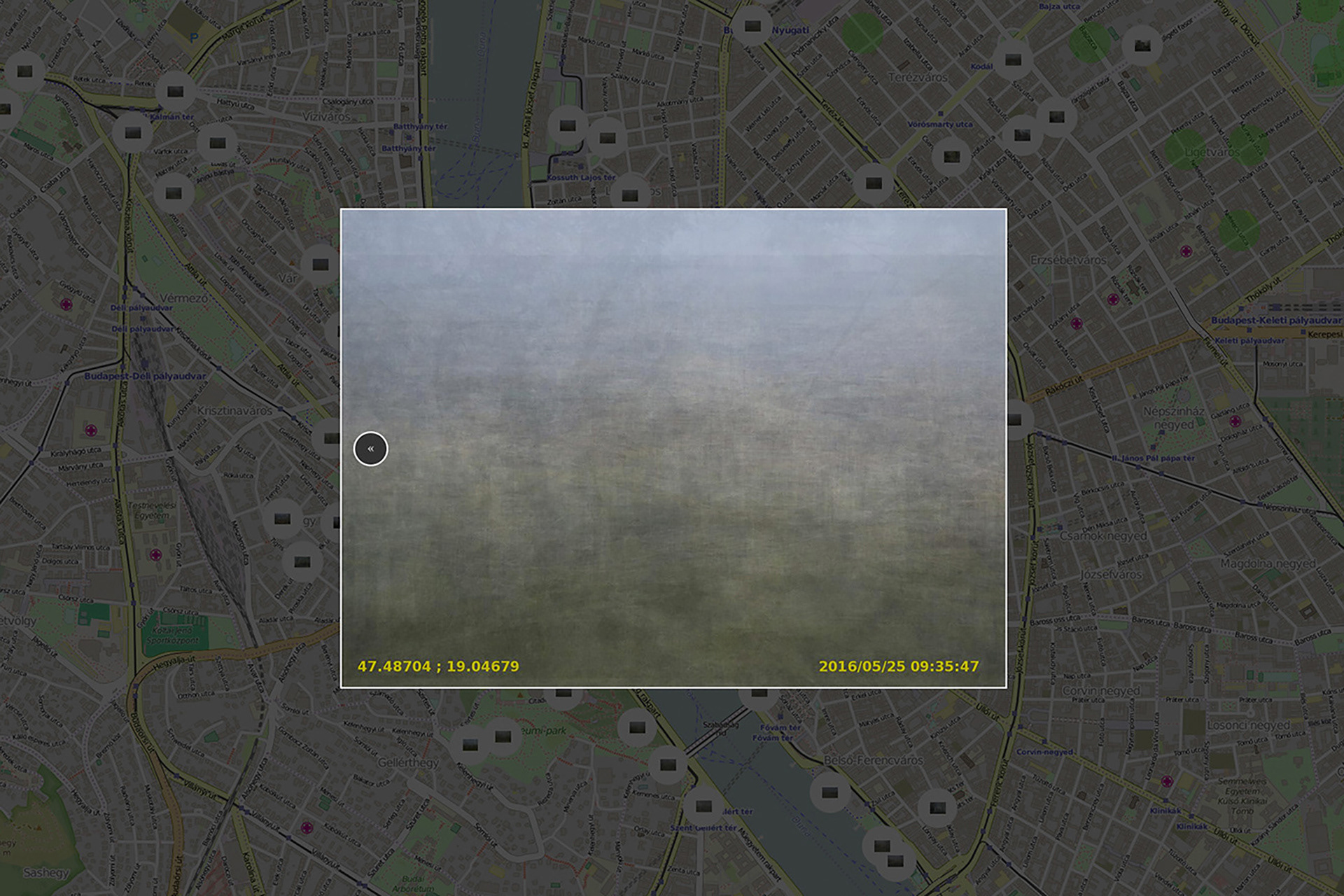
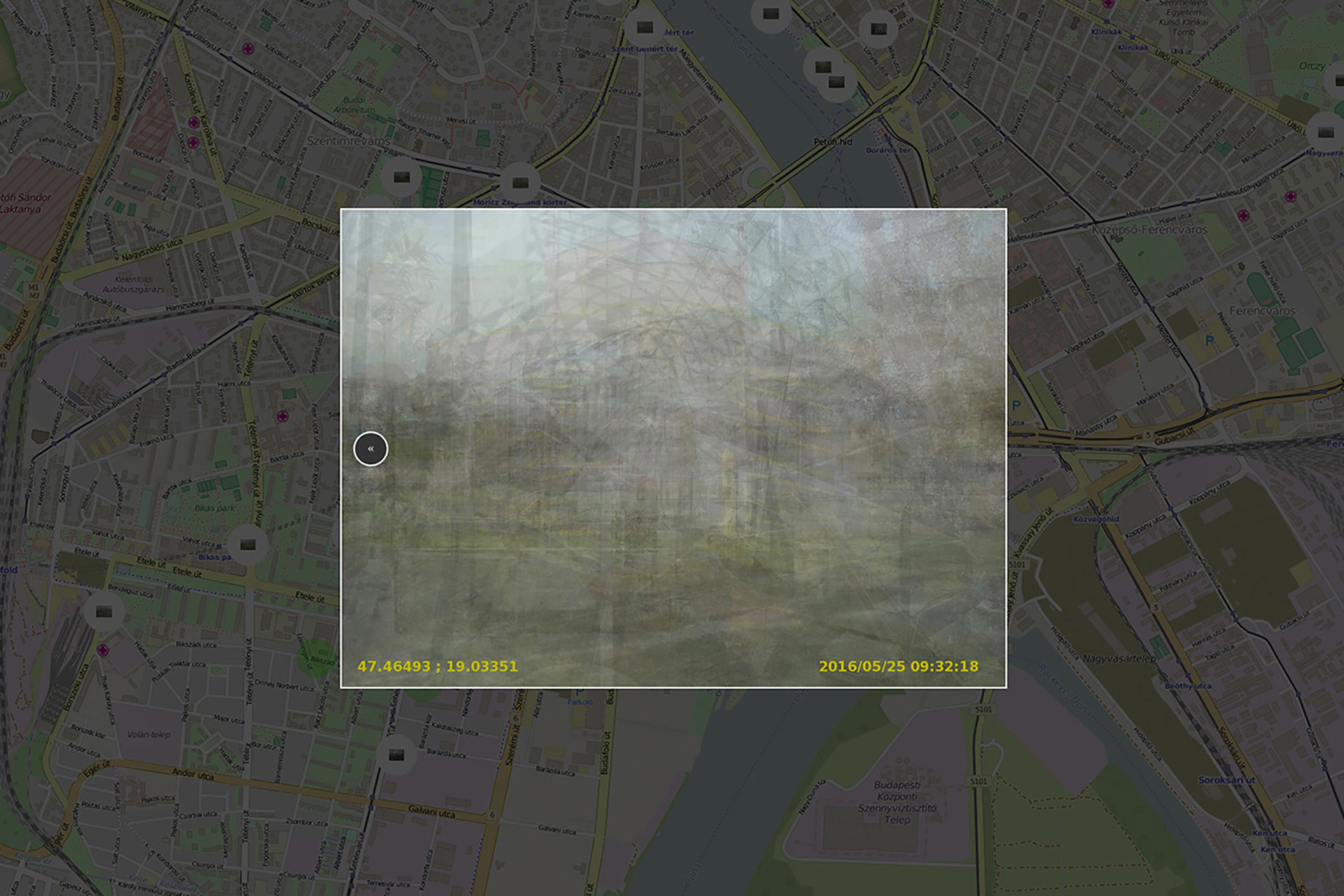
Screenshots of the program
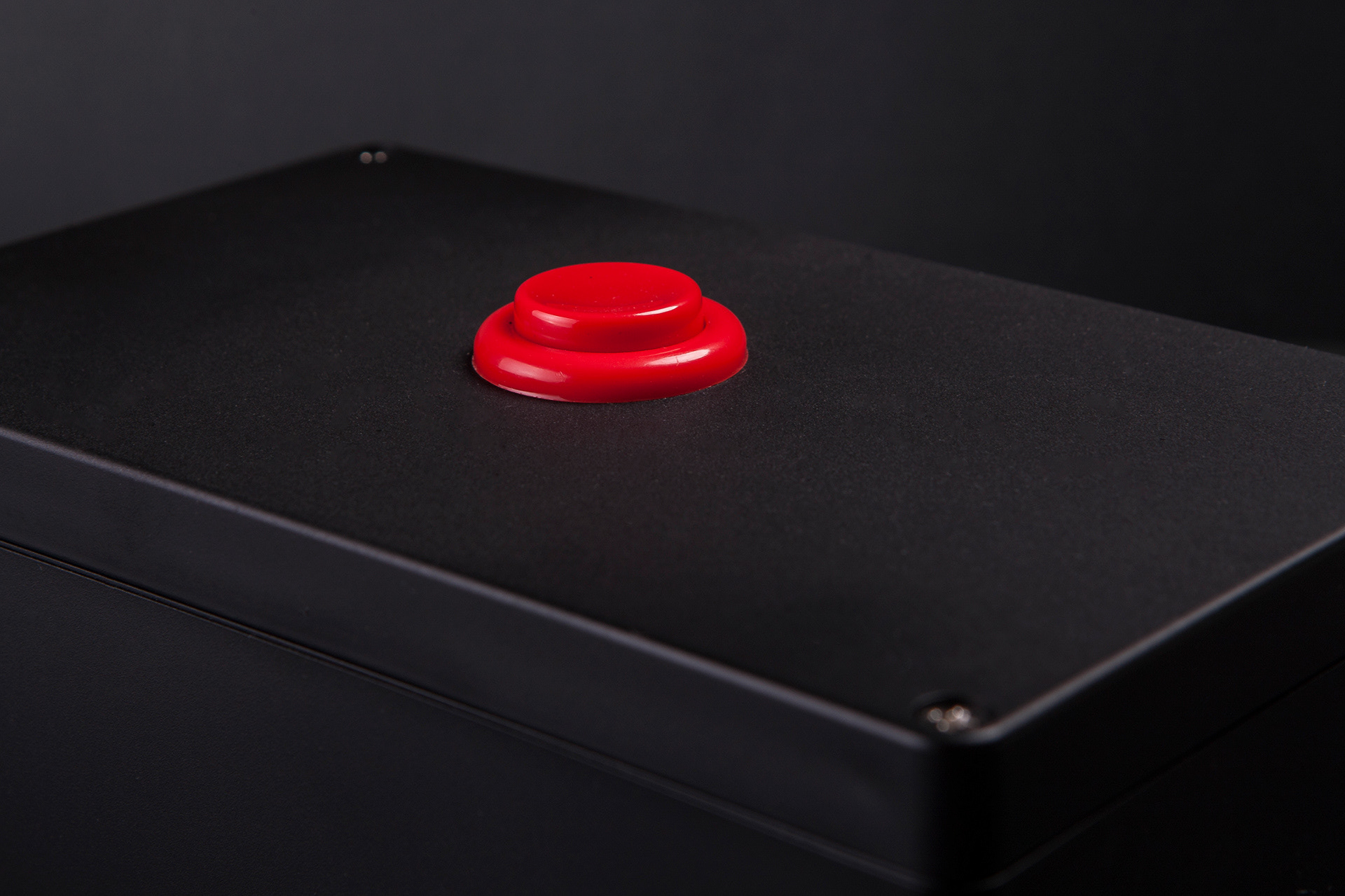
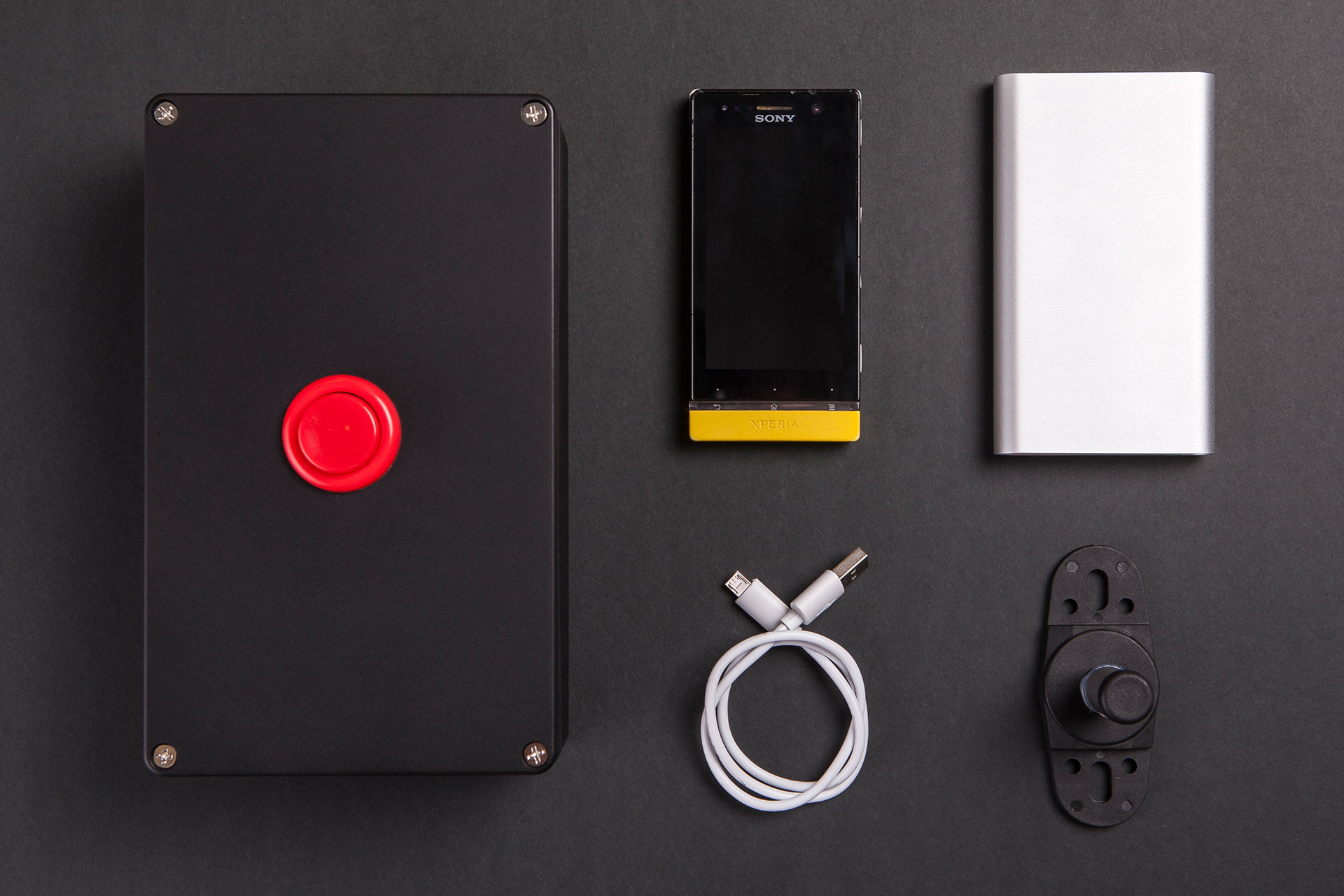
Camera Locus device
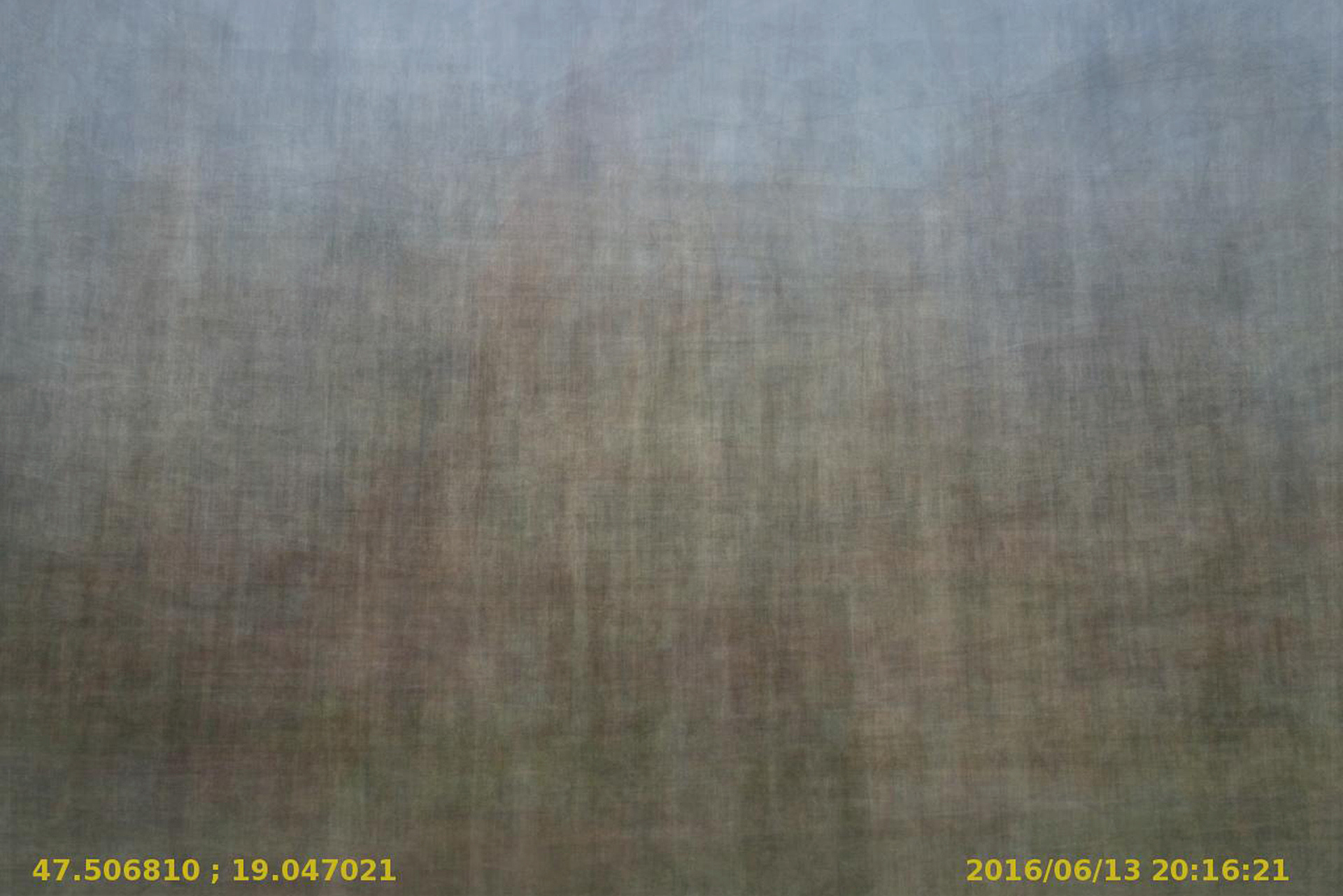
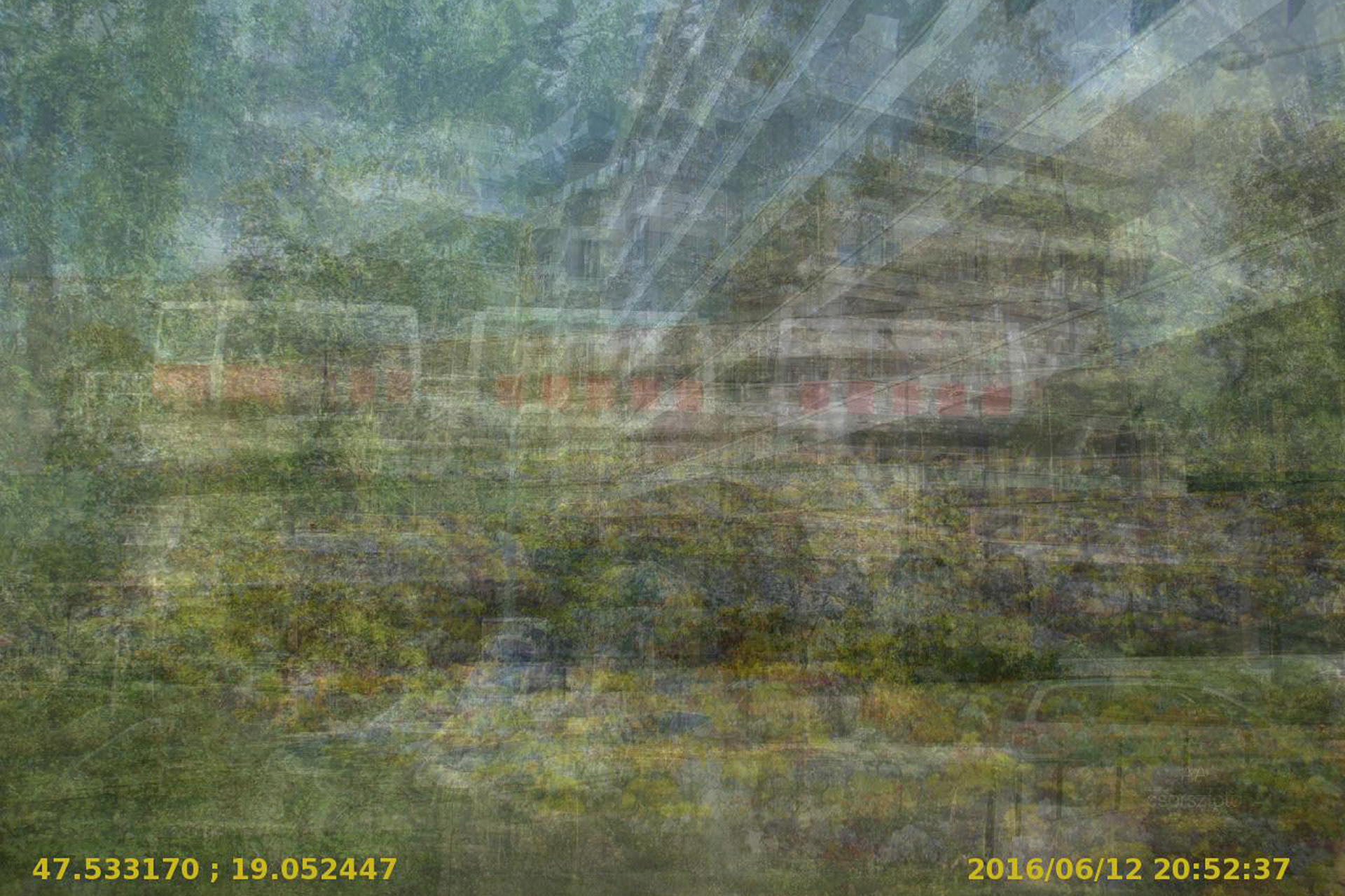
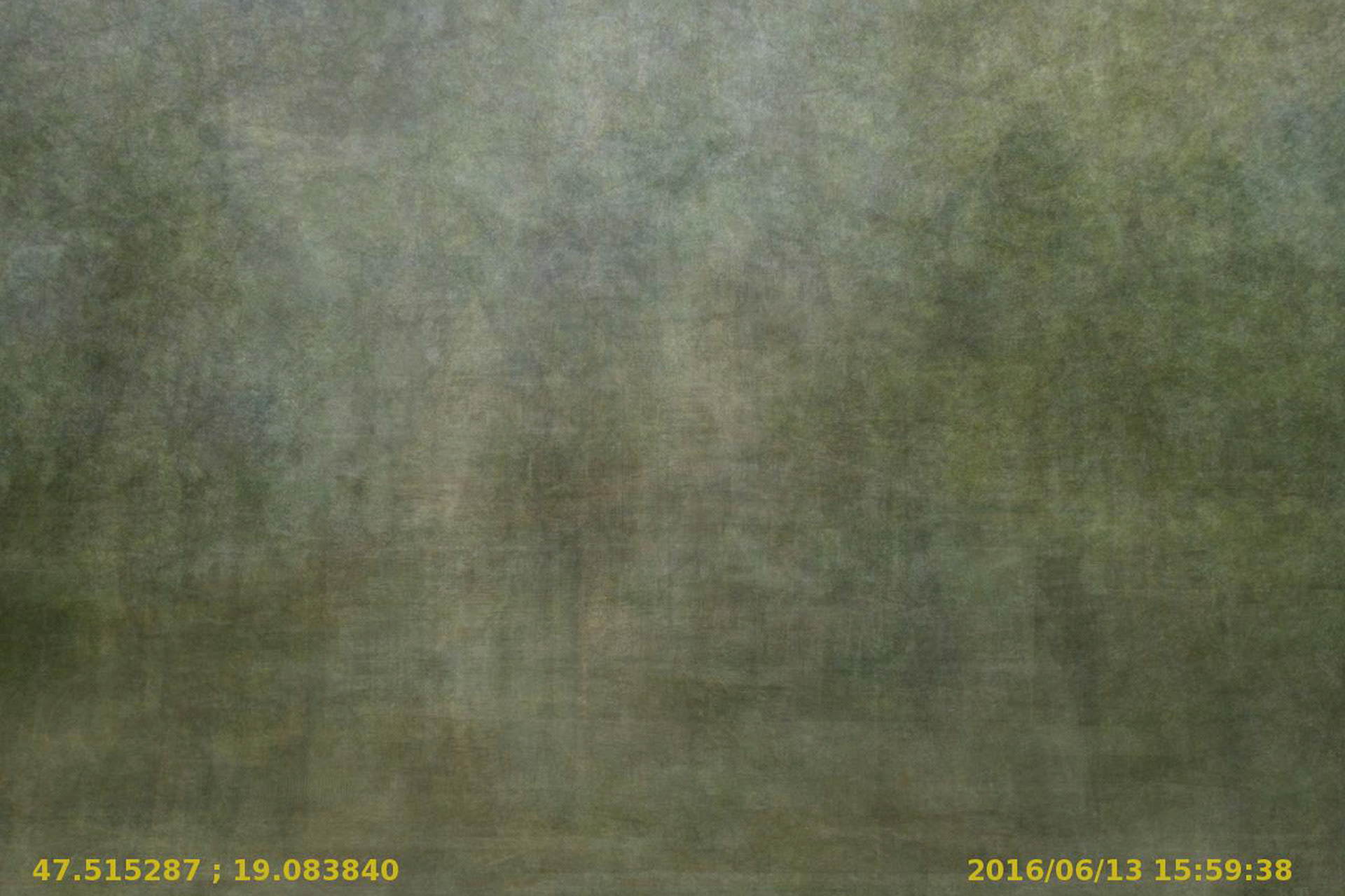

Images from the project Camera Locus
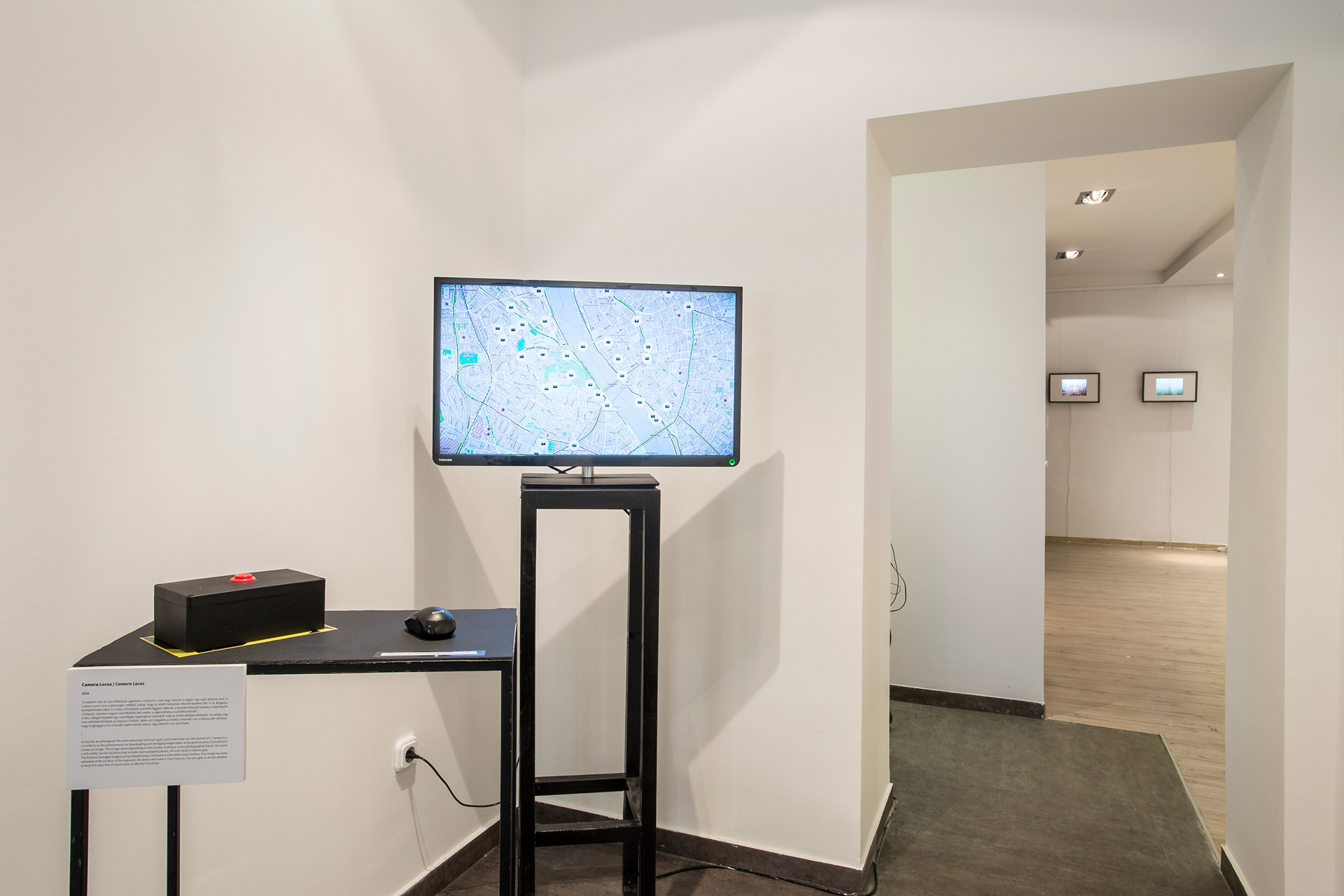
Installation view on the exhibition 'World Wide View', MyMuseum Gallery, 2019
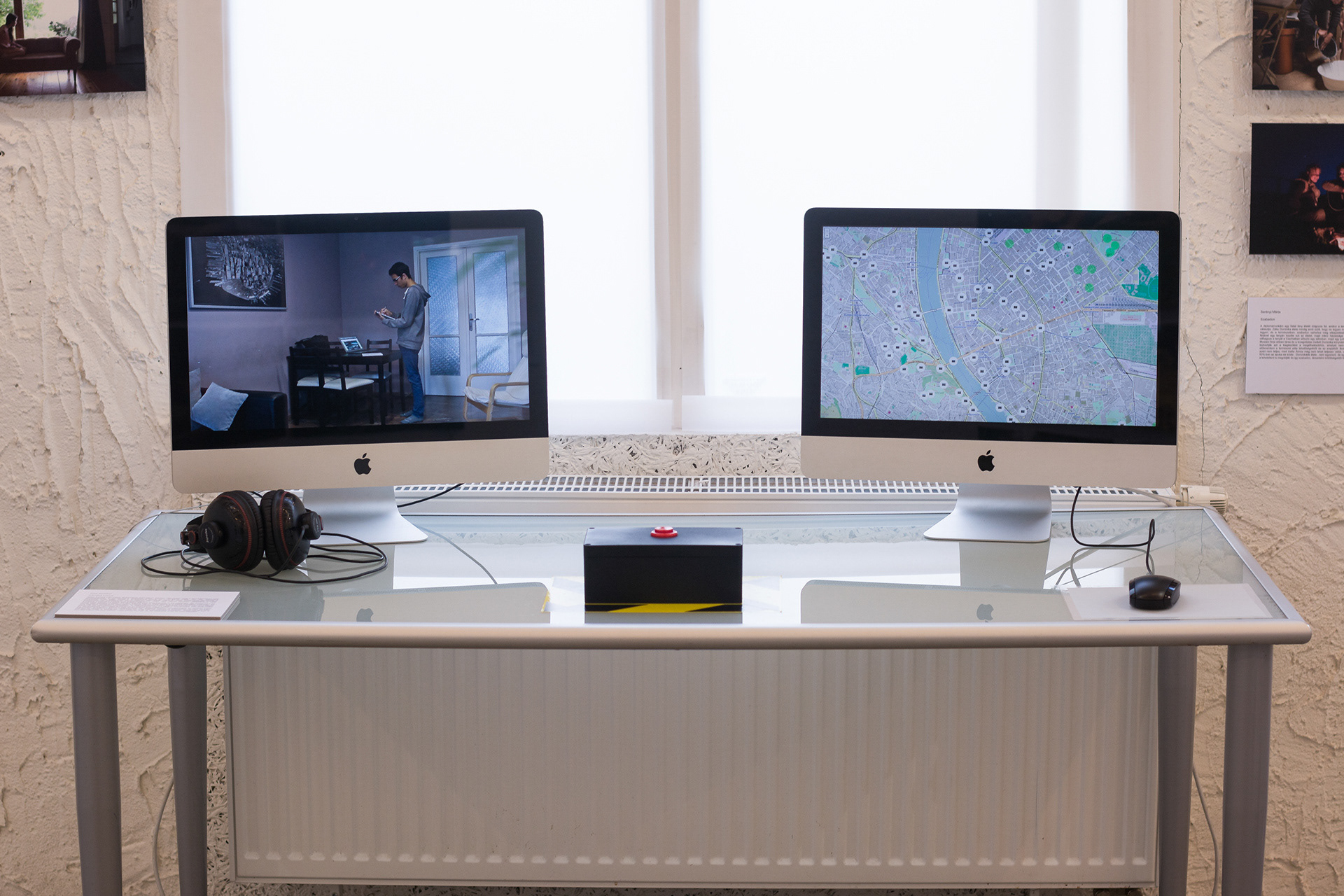
Installation view on the exhibition 'METU Fotó Diploma '16', 2B Gallery, 2016
Installation views of the project